Planting bulbs can be an exciting and rewarding experience. However, if you’re ever uncertain of when to go ahead with planting them, understanding how long do bulbs last unplanted is essential for making the most informed decision possible. Though there isn’t one definitive answer – as storage conditions play a major role in bulb longevity- there are several tips that gardeners should keep in mind before going forward with buying or storing stored flower bulbs for springtime planting. So don’t miss out on your chance to grow beautiful flowers this season! Read on to learn all about storing and properly planning the use of flower bulbs so they will bloom their best come next year.
How Long Do Bulbs Last Unplanted?
Bulbs are a popular plant choice among gardeners due to their beautiful blooms and ease of care. While many gardeners prefer to plant bulbs immediately upon purchase, some may wonder how long they can hold onto bulbs before planting them.
However, the longer you wait to plant your bulbs, the less likely they are to bloom successfully. It’s important to store bulbs in a cool, dry place to prevent rot or decay. If you’re unsure whether your bulbs are still viable, you can check by gently squeezing them to feel for any soft or mushy spots.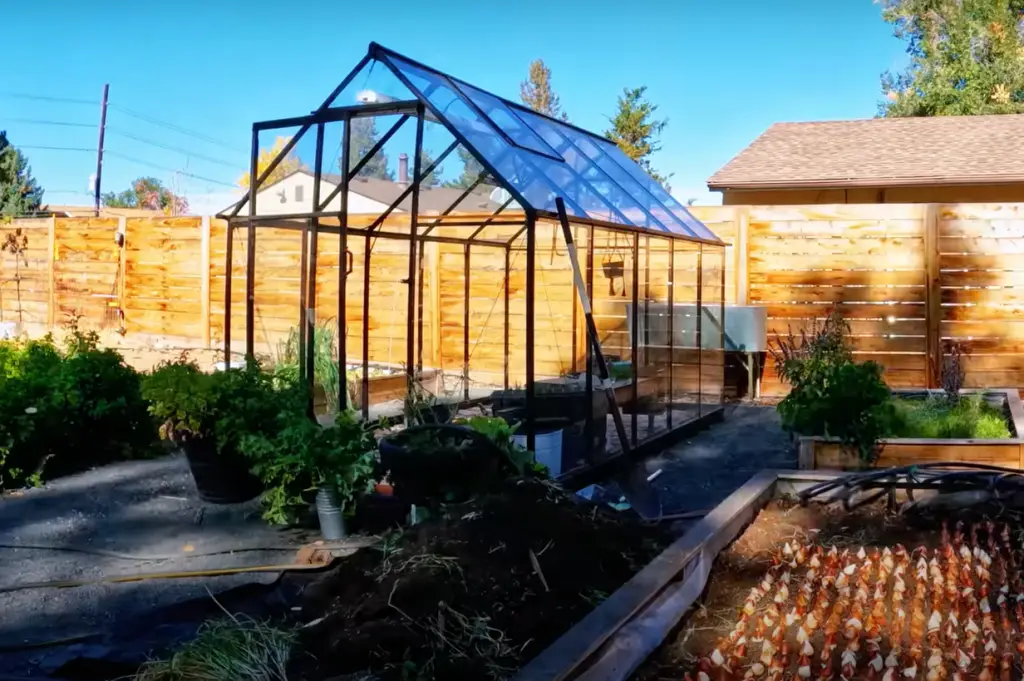
With proper care and attention, your bulbs can last long enough to be planted and enjoyed for seasons to come.
Spring Bulbs
Spring bulbs are the earliest bloomers, making them a popular choice for gardeners in colder climates. Tulips and daffodils are two of the most well-known spring bulbs, but there is also a large variety of other options available including crocuses, hyacinths, muscari, and scilla. Since these bulbs need plenty of time to get established before winter arrives, they should be planted as soon as possible in order to ensure a successful blooming season come springtime. For best results, plant your spring bulbs 6 – 8 weeks before the ground freezes over (depending on your climate) or store them indoors until it’s time to start planting and enjoy colorful flowers without worrying about cold temperatures. [2]
Summer Bulbs
Summer bulbs, on the other hand, benefit from a longer storage period. Summer blooming bulbs include gladiolus, caladiums, dahlias and canna lilies. These types of bulbs should be planted in late spring or early summer before your area’s last frost date in order to give them the best chance of surviving and thriving come summertime. Storing these bulbs indoors will help extend their lifespan, but you’ll want to make sure they are kept in an area that is well ventilated and at room temperature. Additionally, it’s recommended that they are checked periodically for signs of decay or rotting so any affected bulbs can be removed promptly.
Fall Bulbs
Fall flowering bulbs, such as anemones, hardy chrysanthemums and crocus, should be planted in late summer or early fall. These bulbs can generally last unplanted for a few months before needing to be planted, however storage conditions are still essential to make sure they remain viable. Keeping them at room temperature is best and they should also be checked regularly for signs of decay.
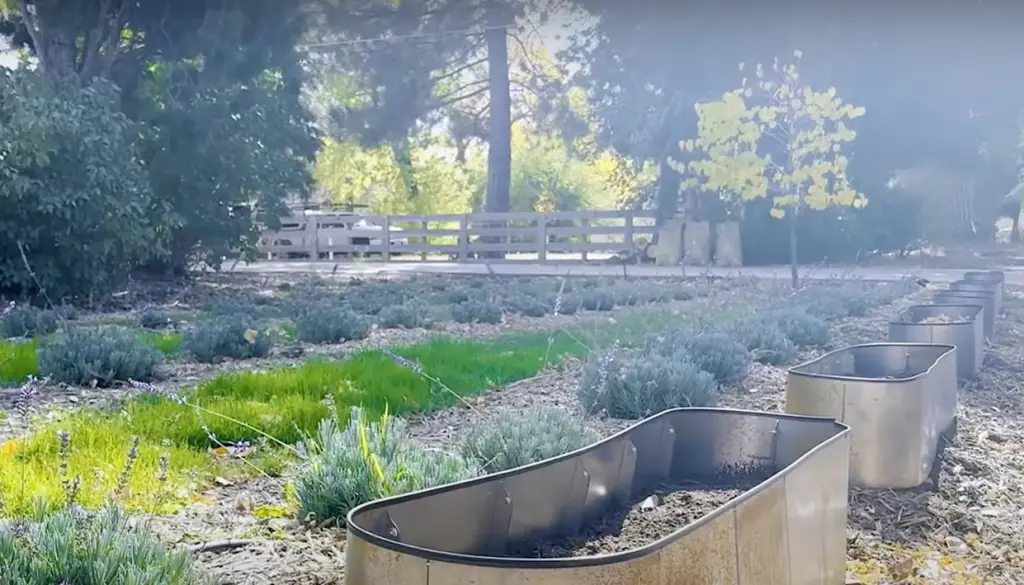
In conclusion, understanding how long your flower bulbs will last unplanted is an important factor to consider when it comes time to plan your garden for the season. Different types of bulbs have different needs, but with proper care and attention you’ll be able to enjoy a beautiful display of blooms come springtime!
What to Do with Unplanted Bulbs
If you have unplanted bulbs lying around, don’t toss them out just yet. There are a few ways to salvage them and give them a chance to bloom. First and foremost, check if the bulbs are still firm and healthy-looking. If they are, you can store them in a cool and dry place until the next planting season.
Another option is to force the bulbs to bloom indoors. This can be done by placing them in a pot with soil, watering them thoroughly, and keeping them in a dark, cool area for a few weeks before moving them to a sunny spot. Lastly, you can try planting the bulbs in containers or raised beds, instead of in the ground. This will give you more control over the soil quality and will make the bulbs easier to retrieve if needed. [3] Don’t let your unplanted bulbs go to waste – try out one of these methods and watch them thrive.How to Store Unplanted Bulbs?
One of the biggest concerns for gardeners is how to store bulbs that have not yet been planted. Fortunately, there are several strategies you can use to ensure that your bulbs remain healthy and ready to plant when the time comes.
Bulb Storage Tips
- Choose the Right Container: You’ll need a container that is large enough to house all your bulbs and keep them from touching each other. Glass jars, wooden boxes or plastic tubs can all be used to store unplanted bulbs. Make sure the container has some air circulation so the bulbs don’t get too hot or humid inside.
- Keep Bulbs Dry: Moisture can cause mold and rot in your bulbs, so make sure you keep them as dry as possible. If there is any condensation on the lid of your storage container, leave it open for a few days until it evaporates away. [4]
- Avoid Extreme Temperatures: Extreme temperatures can damage your bulbs, so try to find a spot in your home where the temperature remains relatively constant. Avoid basements and attics, since these places tend to be too cold in the winter and too hot in the summer.
- Add a Desiccant: To help keep moisture away from your bulbs, add a desiccant such as silica gel or activated charcoal to the bottom of your container. This will absorb any excess moisture that may accumulate inside.
- Check on Bulbs Regularly: Make sure you check on your bulbs regularly, at least once every few weeks. Remove any that appear diseased or damaged, and discard them promptly to avoid infecting other bulbs in the container.
- Label the Container: Labeling your storage container is a great way to keep track of what bulbs are stored inside. Write down the type of bulb, date stored, and any other information that may be helpful. This will help you keep track of when the bulbs need to be planted. Following these tips will help you keep your unplanted bulbs in great condition and ready to bloom when the time is right. With some careful storage and a bit of TLC, you can enjoy a beautiful garden each spring.
How to Tell Whether a Bulb Has Gone Bad?
While proper storage and handling can help the life of flower bulbs, there may come a time when you need to determine if one has gone bad.
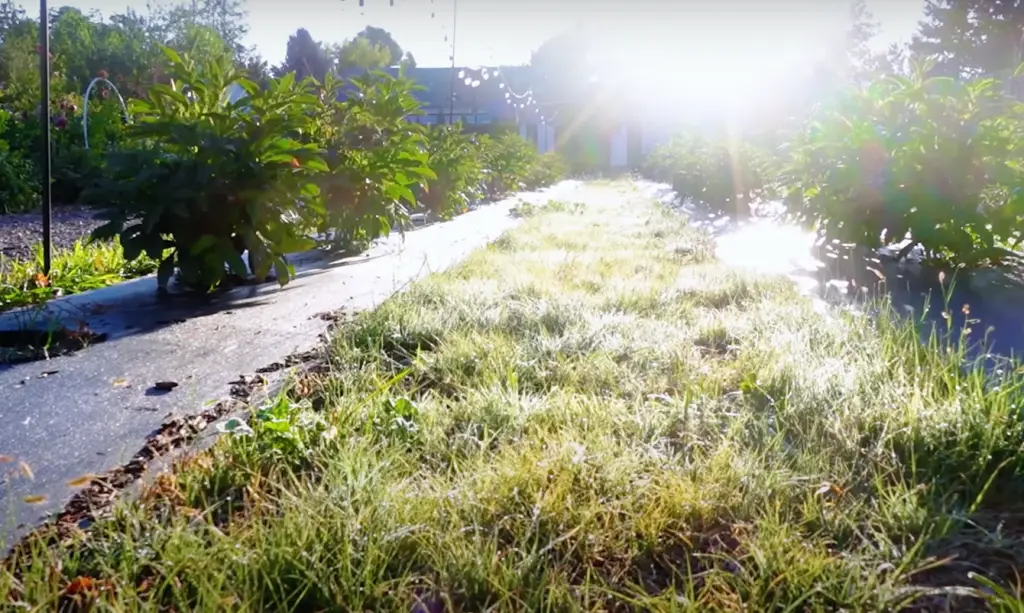
Here are some telltale signs that will help you determine whether or not your bulb is still viable:
- Discoloration: If a bulb’s skin is discolored (brown or black) it likely means that it has already started decaying.
- Softness/Mushy Texture: Check the texture of the bulb – if it feels soft or mushy then it’s probably not going to be very successful once planted.
- Mold Growth: If mold is present on the surface of the bulb then it should be discarded as this indicates rot and decay. [5]
- Foul Odor: If a bulb has an off-putting or rancid smell then it’s likely gone bad and should be thrown out.
- Spots or Wrinkles: If the bulb has spots or wrinkles then it’s likely past its prime and won’t be successful if planted.
- Bulb has Shriveled: If the bulb looks shriveled or dried out then it’s likely too far gone to be saved.
If you come across any of these signs with your flower bulbs, discard them right away to prevent the spread of disease and infection. While it can be disappointing to find that some of your bulbs have gone bad, remember that there’s always next year for a fresh start!
Should Bulbs be Planted in the Spring or Fall?
The best time to plant flower bulbs will depend on the type of bulbs you plan to grow. Generally, most spring-flowering bulbs should be planted in the fall while summer and fall-flowering bulbs can be planted in either spring or summer.
- Spring-flowering Bulbs: These include tulips, hyacinths, daffodils, crocus and alliums. Plant these bulbs in late autumn for a stunning display of blooms come springtime.
- Summer-flowering Bulbs: Plants such as lilies, gladioli and begonias are great for adding colour to your garden during the warmer months. They can be planted either in early spring or late summer depending on your preferred bloom time.
- Fall-flowering Bulbs: Late summer and early fall are the best times for planting bulbs that will bring colour to your garden later in the season, such as dahlias and caladiums.
No matter which type of bulb you choose, it’s important to remember that all bulbs need well-drained soil and plenty of sunlight to thrive.
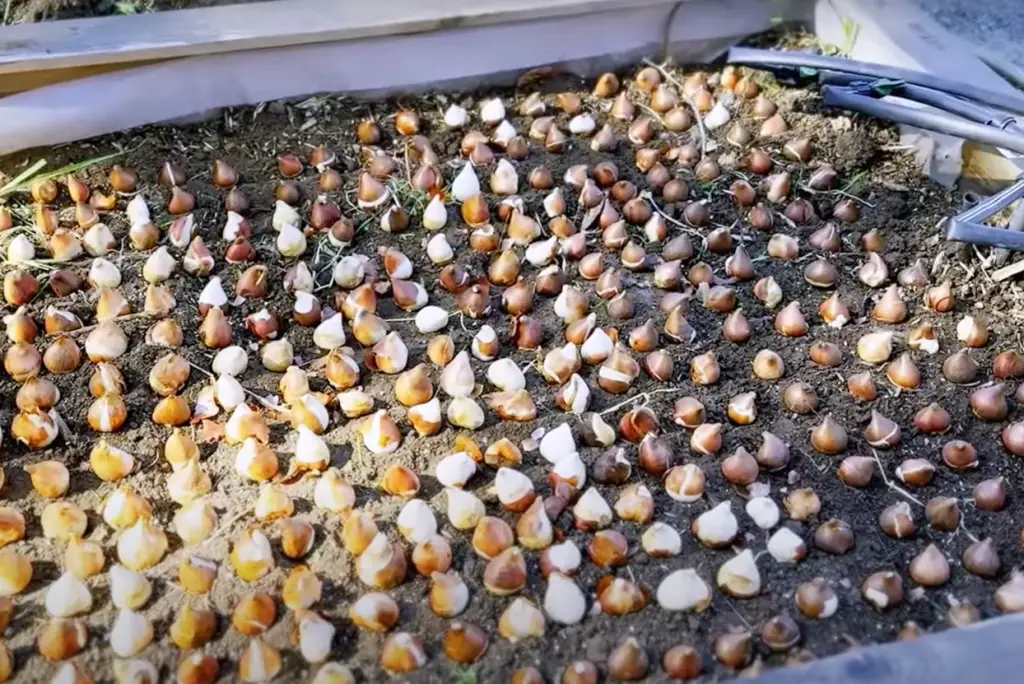
By adhering to a regular watering schedule and providing good soil conditions, you can ensure that your bulbs bloom beautifully each year!
How to plant bulbs
- Choose the Right Bulbs: First and foremost, you’ll need to choose bulbs that are suited for your climate and soil type. Once you’ve decided on the type of bulb, buy them in bulk from a reputable source.
- Prepare the Soil: Before planting your bulbs, make sure that the soil is well-drained and amended with organic matter such as compost or aged manure. Work the soil thoroughly before planting to ensure good drainage.
- Dig Holes: Depending on the size of your bulbs, dig holes that are at least 2-4 times deeper than their height. Space each hole about 8 inches apart for smaller bulbs and 12-18 inches apart for larger ones.
- Place Bulbs in Holes: The pointed end of the bulb should be facing upwards and the flat side should be on the bottom. For larger bulbs, you may need to add a bit of soil to support them.
- Cover with Soil & Water: Cover the bulbs with soil and lightly tamp it down. Then, water thoroughly to settle the soil and keep the roots moist until they become established.
- Fertilize & Mulch: Once your bulbs have started growing, fertilize every 4-6 weeks using an all-purpose fertilizer or one specifically made for flowering plants like tulips or daffodils. You can also apply a layer of mulch around each bulb which will help keep weeds away and retain moisture.
- Deadhead: Once the flowers on your bulbs have withered, deadhead them to make room for new blooms. By following these steps, you can enjoy a vibrant garden of beautiful blooms each season!
FAQ
Can I Keep Unplanted Bulbs?
Yes, you can keep unplanted bulbs for a few months if they are stored correctly. Make sure to store them in a dark, dry place at cool temperatures and make sure the container is well-ventilated. Add a desiccant such as silica gel or activated charcoal to help absorb any excess moisture that may accumulate inside. Check on your bulbs regularly, at least once every few weeks, and discard any that appear diseased or damaged promptly to avoid infecting other bulbs in the container.
What Happens if I Plant an Old Bulb?
Planting an old bulb will not guarantee success since the bulb may be too far gone and its roots may have already started decaying. If the bulb is discolored, soft, moldy or has an off-putting smell then it’s likely gone bad and should not be planted. If you are unsure if the bulb is still viable, you can always conduct a germination test to check before planting. This involves soaking the bulb in water overnight and checking if any roots have started to grow. If roots appear then the bulb is likely still viable and can be planted.
Do Flower Bulbs Go Bad?
Yes, flower bulbs can go bad if not stored correctly or exposed to moisture and extreme temperatures.
If you come across any of these signs then it’s best to discard the bulb right away to prevent the spread of disease and infection. To prevent this from happening in the future, make sure you store your bulbs in a cool, dark place with good air circulation.Should You Soak Bulbs Before Planting?
For most bulbs, it is not necessary to soak them before planting. However, some types of bulbs such as lilies and dahlias can benefit from soaking for a few hours or overnight in lukewarm water. This helps soften the outer layer of the bulb which helps facilitate root growth after planting. Just make sure to dry the bulb off thoroughly before placing it into the soil. If you are unsure whether your chosen bulbs require pre-soaking, consult with your local garden center or do some research online for best practices.
Can I Plant Bulbs in Pots?
Yes, you can plant bulbs in pots! In fact, it’s a great way to enjoy beautiful blooms without taking up too much space.
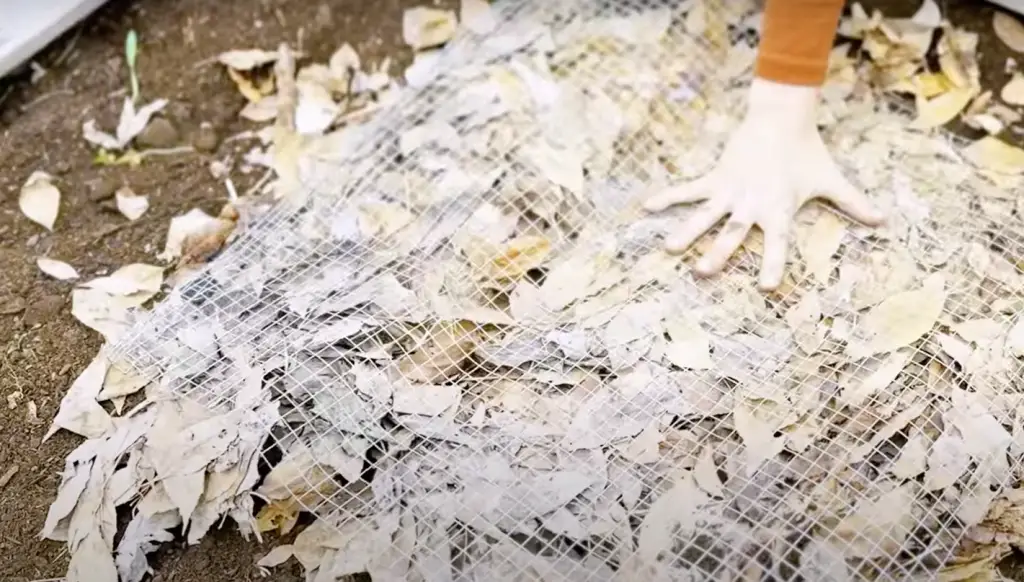
When planting bulbs in pots, make sure that the pot is large enough for adequate drainage and has plenty of holes at the bottom. Also, be sure to use a well-draining soil mix or potting soil and fertilize regularly with an all-purpose fertilizer mix once your bulbs start growing.
How Deep Do You Plant Bulbs?
The depth at which you plant bulbs depends on the size of the bulb itself. Generally, a good rule of thumb is to plant bulbs that are 2-4 times deeper than their height. For example, if you have a bulb that is 3 inches tall then it should be planted 6-12 inches deep in the soil. Be sure to leave enough space between each hole for larger bulbs and make sure the pointed end is facing upward when planting. With your proper care, you can look forward to beautiful blooms.
Useful Video: How long do bulbs last unplanted?
Conclusions
Planting bulbs is a great way to decorate your garden and spend time outdoors, but it takes effort and proper guidance to get the best results. As such, understanding when to store them and for how long is an important step in creating a harmonious beneficial relationship with nature. Taking into account the type of bulbs being stored, environmental conditions, spoilage, temperature and the amount of time you’re planning on storing them will ensure that you are able to both buy and store the bulbs properly in order to have beautiful flowers come springtime. Make sure you take care of all those details before getting excited about your new project! With the right preparation and care, you can reap endless rewards from planting bulbs this season.
References:
- https://www.dutchgrown.co.uk/pages/tulip-bulbs-questions-answers#:~:text=How%20long%20do%20bulbs%20last,months%20out%20of%20the%20ground.
- https://www.longfield-gardens.com/article/when-to-plant-spring-blooming-flower-bulbs#:~:text=Most%20spring%2Dflowering%20bulbs%20should,chilled%20before%20they%20are%20planted.
- https://www.flowerpatchfarmhouse.com/plant-bulbs-in-pots/
- https://www.gardeningknowhow.com/ornamental/bulbs/bgen/preparing-bulbs-for-winter-how-to-store-bulbs-for-winter.htm
- https://mendhamgardencenter.com/blog/checking-the-health-of-stored-plant-bulbs/





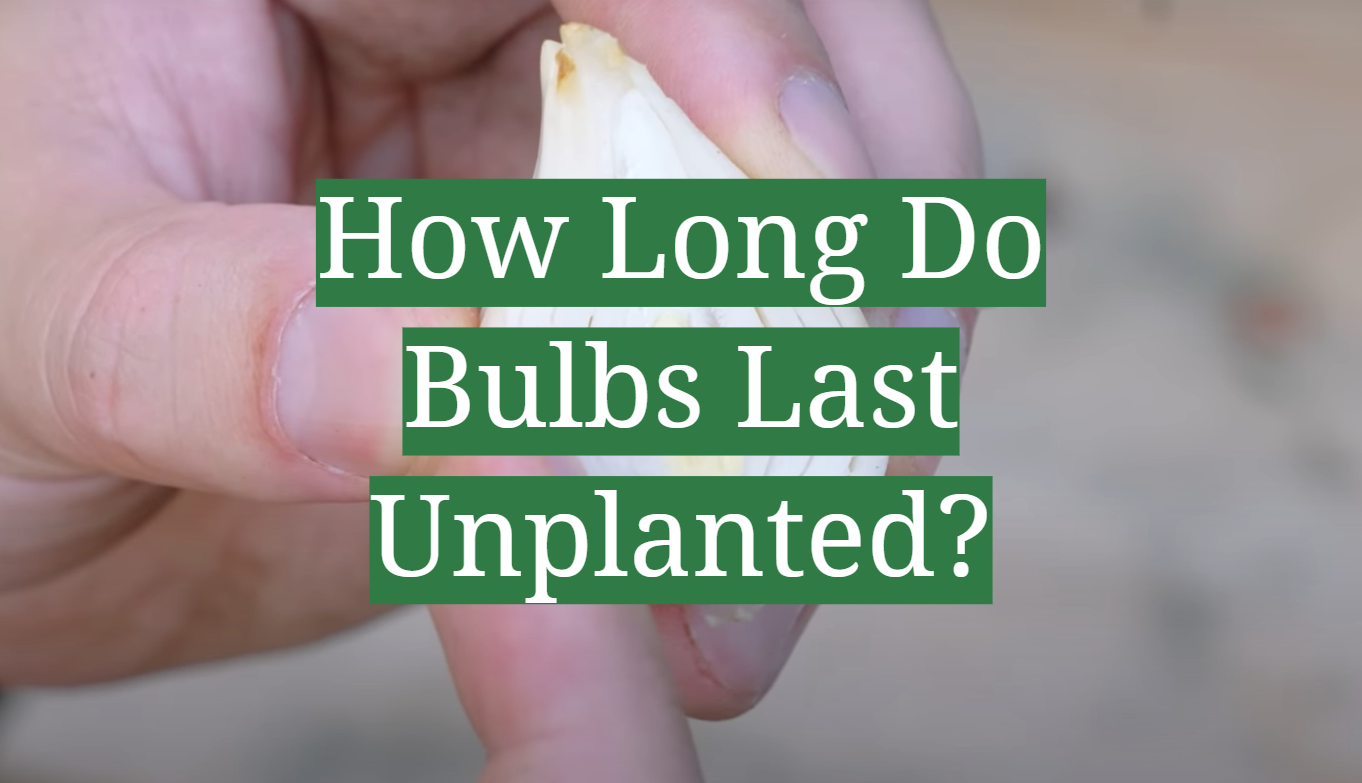




Leave a Reply
View Comments